Ever noticed how your preschooler touches everything, puts odd things in their mouth, or jumps from one cushion to another like it’s an Olympic sport? Well, that’s not just curiosity, but it’s learning in action, called sensory play. It taps into how children naturally explore the world around them.
In this blog, we’ll walk you through what sensory play is, why it’s important, and give you some fun & easy sensory activities for preschoolers that you can try at home.
What is Sensory Play?
It refers to activities that stimulate a child’s senses, such as their touch, smell, sight, taste, hearing, and movement and balance. It allows them to explore everything with a hands-on learning approach. Below are some examples of sensory play:
- Squishing and moulding playdough
- Playing with water, sand, or mud
- Exploring textures with finger paints
- Listening to different sounds, like musical instruments
- Smelling different herbs, spices, or flowers
Why are Sensory Play Activities Important for Preschoolers?
Sensory play is a vital part of early childhood development. Below are some points that highlight the importance of sensory activities for preschoolers:
Strengthens Thinking and Learning Skills
When children engage in sensory play, they are building connections in the part of their brain that supports thinking, understanding, and problem-solving. Activities like sorting textures or matching sounds sharpen memory, focus, and the ability to make sense of new information.
Develops Coordination and Physical Control
Manipulating different materials, like squeezing playdough or pouring water, helps strengthen both fine motor and gross motor skills. These movements build coordination and control, preparing children for tasks like writing, buttoning shirts, or using scissors.
Encourages Early Communication and Vocabulary
As children explore new textures and sensations, they naturally begin to describe what they feel, see, or hear. This builds vocabulary and encourages communication, especially when they play with peers or respond to prompts from adults.
Fosters Curiosity and Discovery
Sensory activities often involve observing changes, testing ideas, and making predictions. From watching ice melt to mixing colours, children develop curiosity and learn the basics of cause and effect playfully.
Book a Visit Today
List of Sensory Activities for Preschoolers
The best way for young kids to learn and grow is by doing things rather than just watching or listening. And that’s exactly what sensory activities are all about.
In this section, we will walk you through some of the most effective and fun senses activities for preschoolers you can introduce at home.
Tactile (Touch)
As parents, you have likely noticed how little hands are always reaching out, like grabbing, squeezing, and exploring anything within reach. This is no accident.

Touch is one of the first senses kids use to understand the world around them. Let’s look at some sensory play activities that will help them develop their tactile sense:
- DIY Sensory Bin: Fill a plastic container with rice, lentils, water beads, or dry pasta. Add small toys or spoons and let your child dig, pour, and scoop. This kind of free exploration helps refine hand control and sparks imaginative play.
- Play-Dough: Squishing, rolling, and shaping dough strengthens finger muscles and improves hand-eye coordination, essential for writing skills later on.
- Slimy Eyes Sensory Bag: Fill a zip-lock bag with hair gel, googly eyes, and glitter. Seal it tight and tape it to a table or wall. Your little one will enjoy squishing it around, enhancing their finger strength.
- Soapy Sensory Jars: Combine soap, water, and a few small waterproof toys in a clear bottle or jar. Shake it up to make bubbles and let your child explore by rolling or turning it. It’s a calming, mesmerising experience that sharpens focus and visual tracking.
- Goopy Mixture: Mix cornflour and water to make a strange mixture that’s both solid and liquid. This messy and fun sensory-based activity for preschoolers helps them explore different textures while building sensory confidence.
- Texture Collage: Give your child pieces of fabric, foil, paper, buttons, cotton balls, and other textured items. Let them glue everything onto a sheet of chart paper to create their very own artwork. This creative way introduces them to the concept of texture.
- Texture Scavenger Hunt: Ask your child to find different objects based on their texture, like squishy, hard, scratchy, or soft. It encourages observation, vocabulary building, and tactile awareness all at once.
- Coloured Spaghetti: Boil some spaghetti, add food colouring of your choice, and let it cool. Place it in a tray for your child to squish, separate, or even use as pretend hair for a doll. This fun sensory play activity promotes their fine motor skills.
- Finger Painting: Finger painting helps children explore colour, texture, and patterns, all while strengthening hand muscles and encouraging self-expression.
- Iced Toys: Place small toys in an ice tray filled with water and freeze them. Once frozen, let your child explore ways to ‘rescue’ them. This introduces concepts like temperature, texture, and problem-solving.
- Sand Table or Tray: Set up a mini sand station where your child can dig, pour, sift, and mould. This sensory play activity boosts their sensory exploration and imaginative play.
Auditory (Sound)
Auditory play helps children sharpen their listening skills and lays the groundwork for better communication, memory, and emotional understanding. Here are a few enjoyable and simple sensory play activities that stimulate auditory processing to support your child’s sensory growth:

- Sound Tubes: Take empty paper towel rolls or plastic bottles and fill them with different materials like rice, stones, buttons, or dal. Seal the ends and shake. Each tube will create a unique sound. Let your child guess what’s inside based on what they hear. This builds sound discrimination and encourages curiosity.
- Outdoor Sound Walk: Step outside and spend a few minutes just listening. Encourage your child to identify sounds like dogs barking, cars honking, birds chirping, or leaves rustling. This improves attention and awareness of the world around them.
- Sound Matching Challenge: Use everyday items, like spoons, bells, coins, or toy blocks, and create different sounds. Hide the items and make the sound while your child guesses what made it. This sensory-based activity for preschoolers strengthens their auditory memory and recognition.
- Musical Instruments: Give your child access to simple instruments like shakers, or steel bowls and wooden spoons. Let them experiment with rhythms and volumes. This enhances hearing and supports coordination, timing, and emotional expression.
Visual (Sight)
Visual development helps children understand patterns, recognise shapes, build memory, and interpret meaning from what they observe. Below are some fun sensory activity ideas to boost your child’s visual sense:

- ABC Sensory Table: Create a simple alphabet-themed sensory table using sand, coloured rice, or lentils. Bury plastic letters in it and let your child dig through and identify them. This sensory play activity brilliantly blends visual recognition with tactile play.
- Picture Puzzles: Solving puzzles helps children observe details, recognise parts and wholes, and develop spatial awareness. Use age-appropriate picture puzzles with big, bold images.
- Calming Bottles: Fill transparent bottles with water, glitter, sequins, or tiny beads. Seal them tightly and let your child shake and watch as everything settles slowly. These calming bottles help build focus and visual tracking.
- Colour Sorting: Use pom-poms, buttons, or blocks in different colours and ask your child to group them by shade. You can use bowls, cups, or coloured paper for sorting. It’s a fun way to strengthen colour recognition and develop categorisation skills.
- Shadow Play: All you need is a flashlight and a blank wall. Use your hands or cut-out paper shapes to create shadows and tell stories. This encourages imagination while also teaching how light and perspective affect what we see.
Olfactory (Smell)
Smell is often tied to memory, emotion, and comfort. For preschoolers, this is necessary to understand their surroundings, make connections, and explore safely. Here are some simple, smell-focused sensory activity ideas you can try at home:

- Smell Matching Game: Place cotton balls or small pieces of cloth inside containers or paper cups. Ensure each is dabbed with a different scent like rose water, vanilla, or coffee. Prepare two sets and have your child match the pairs just by sniffing. This sensory play activity builds scent recognition and helps improve attention to detail.
- Scented Water Play: Add fragrant elements like rose petals, citrus peels, or mint leaves into a tub or bucket of water. Give your child cups, ladles, and toys to scoop and pour. The combination of scent and water play creates a soothing sensory experience while encouraging imaginative play.
- Gardening Projects: Let your child help plant herbs like tulsi (holy basil), coriander, or lemongrass in pots. As they water the plants, touch the leaves, and smell the scents. This offers benefits like developing patience and building responsibility while learning about fragrances.
Gustatory (Taste)
The gustatory sense plays a vital role in developing preferences and building confidence in trying new things. Taste-based sensory play activities can help fussy eaters, encourage curiosity, and even support emotional expression. Below are some delightful ways to make taste exploration both educational and enjoyable:

- Taste Test Challenge: Set up a small tasting tray with safe, familiar items from your kitchen. Blindfold your child and let them guess each item based on taste alone. This simple sensory play activity strengthens their taste sense and helps build descriptive language and food awareness.
- Playing with Food: Allow your child to explore food with their hands before eating. Let them feel the texture of soft idlis, squish boiled vegetables, or use cut fruit pieces to make patterns. This tactile interaction reduces anxiety around trying new foods and helps form positive associations with mealtimes.
- Edible Sensory Play: Set up a sensory tray with edible elements like jelly, cooked rice, or mashed potatoes. Your child can squish, smear, and even sneak a taste, knowing it’s all safe to explore. This messy sensory play supports both gustatory and tactile learning in one go.
Vestibular (Balance and Movement)
The vestibular sense is linked to balance and movement, which helps children understand where their body is in space. It plays a vital role in coordination, stability, and motor development.

Below are some simple movement-based sensory play activities to support your child’s vestibular development through everyday play:
- A Walk in Nature: A quiet stroll through a nearby park, your building compound, or even a garden can do wonders for your child’s balance. Walking on uneven surfaces like grass, sand, or stones challenges their coordination and strengthens core muscles.
- Dance: Turn on some music and let your child move freely. Dancing helps children build rhythm, balance, and body control, along with boosting their mood.
- Bouncy Play: Jumping is a great vestibular workout. This sensory-based activity for preschoolers develops their muscle strength, stability, and spatial awareness.
Things to Take Care of When Playing With Your Child
Dedicating a few hours daily to playtime and focusing on these fun sensory play activities with your child is both enjoyable and an important part of their development. To make the most of this, below are some tips to remember:
Keep a Watchful Eye
Even during play, children need supervision. It helps ensure their safety and also allows you to guide their behaviour gently when needed.
Get Things Ready in Advance
Before play begins, gather all toys or materials required. This helps avoid unnecessary interruptions and keeps the child engaged from the start.
Use Open-Ended Questions
Instead of yes-or-no questions, ask open-ended questions like, “What do you think will happen next?” This builds critical thinking and improves communication skills.
Be an Active Participant
Join in with your little one during sensory play activities to boost their confidence and even strengthen your bond with them. Whether it’s building blocks or roleplay, play together!
Explain Your Actions as You Go
While playing, talk about what you are doing and explain the reason behind it. This builds their vocabulary and helps them understand new concepts in a simple and relatable way.
Let KLAY be a Part of Your Child’s Growing Years!
At KLAY Preschools, we believe that every sense plays a role in shaping a child’s early experiences. Our thoughtfully designed Foundational Development Program helps them explore, learn, and grow in a safe and engaging environment. From touch and taste to sound and movement, we make learning a joyful, hands-on adventure every day.







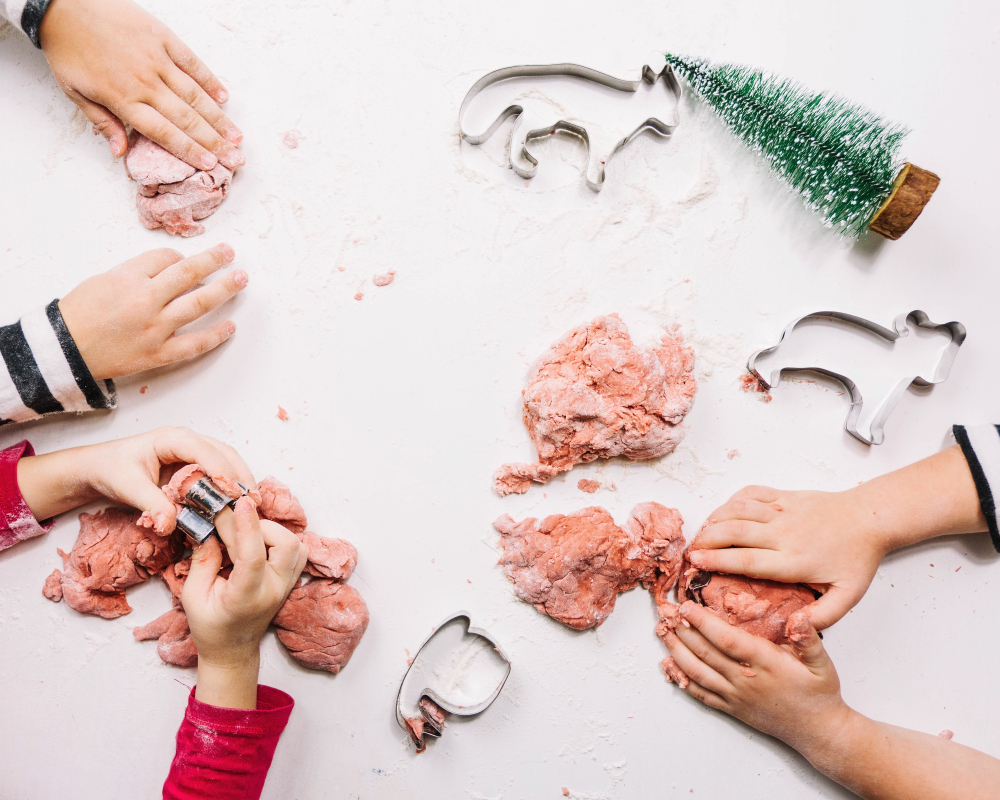
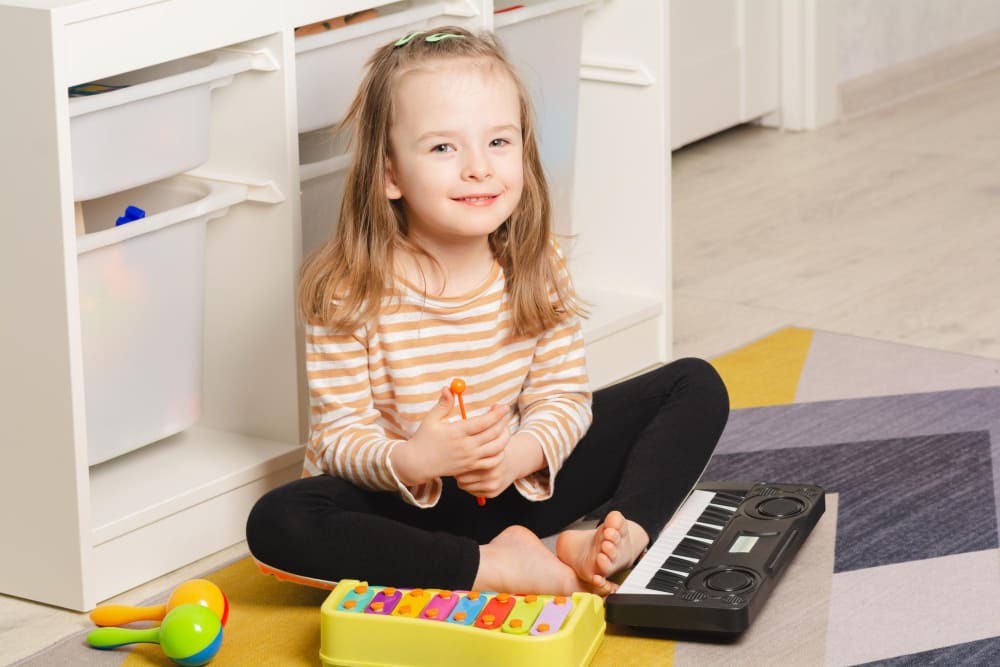
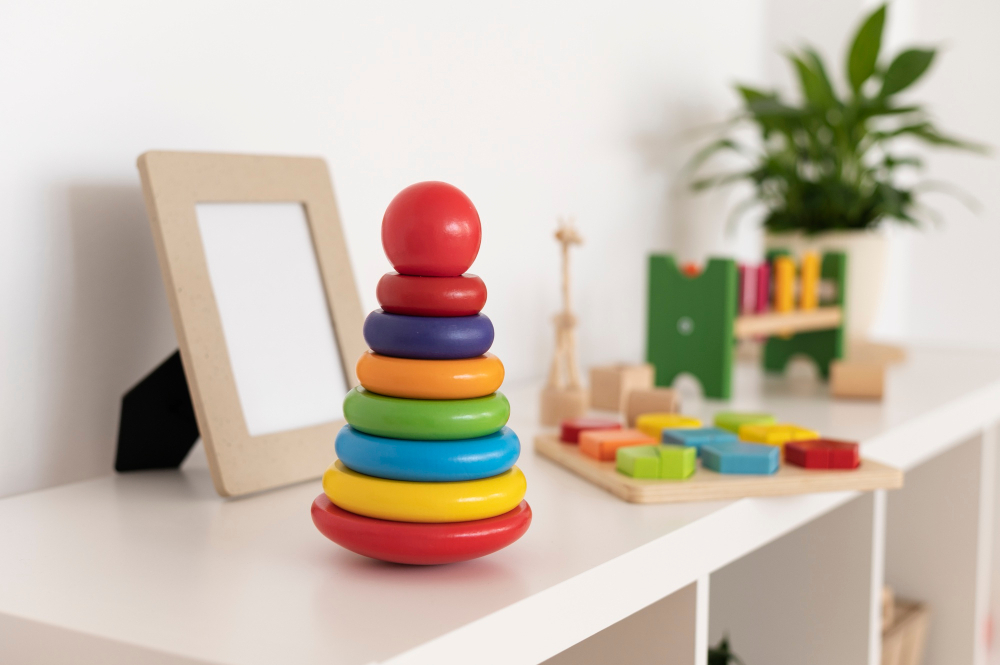
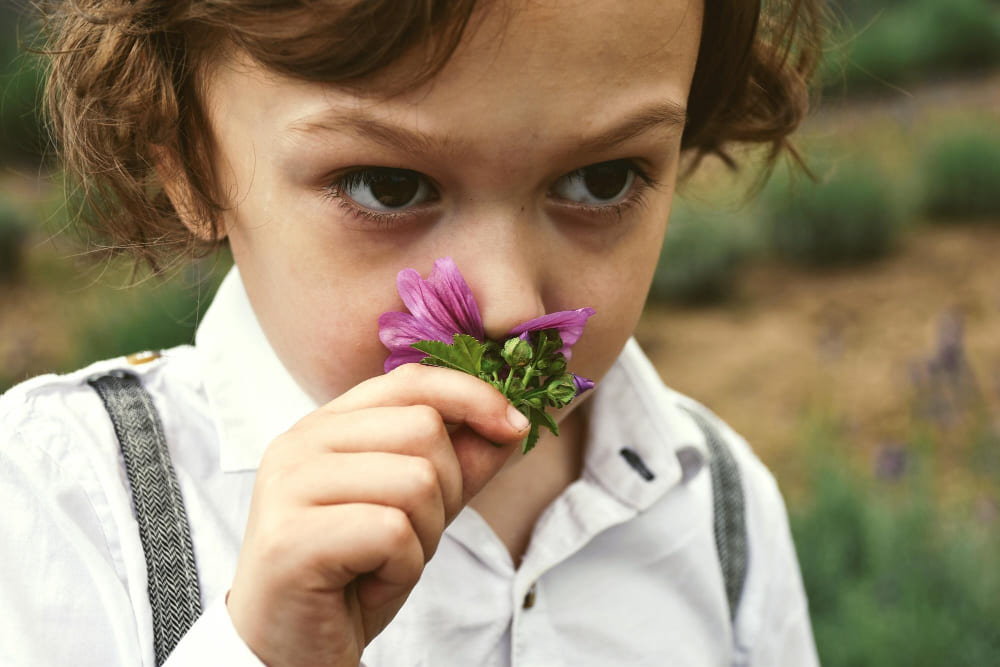

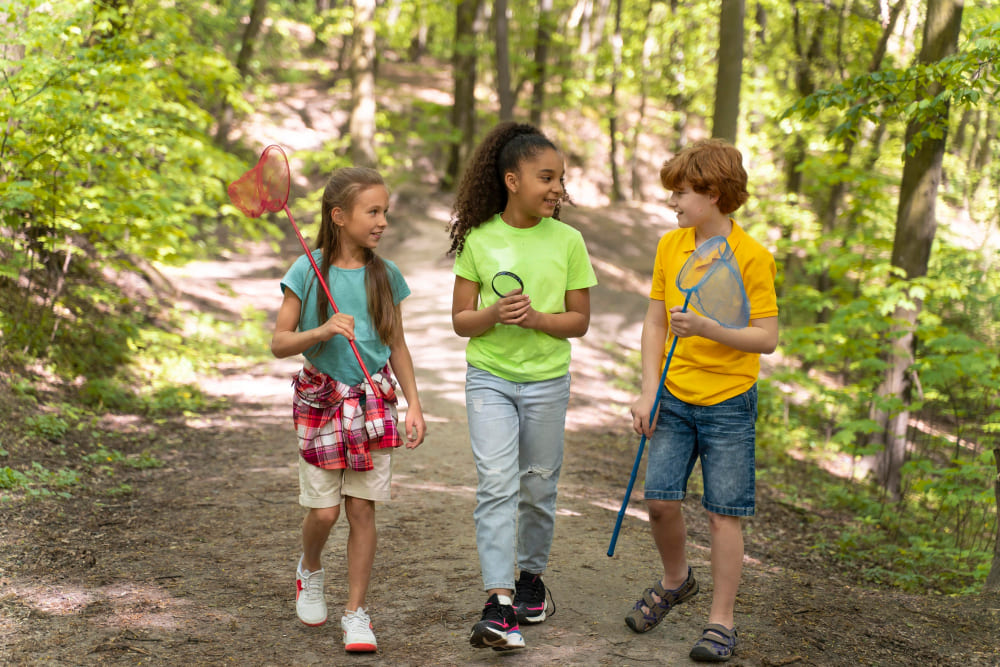




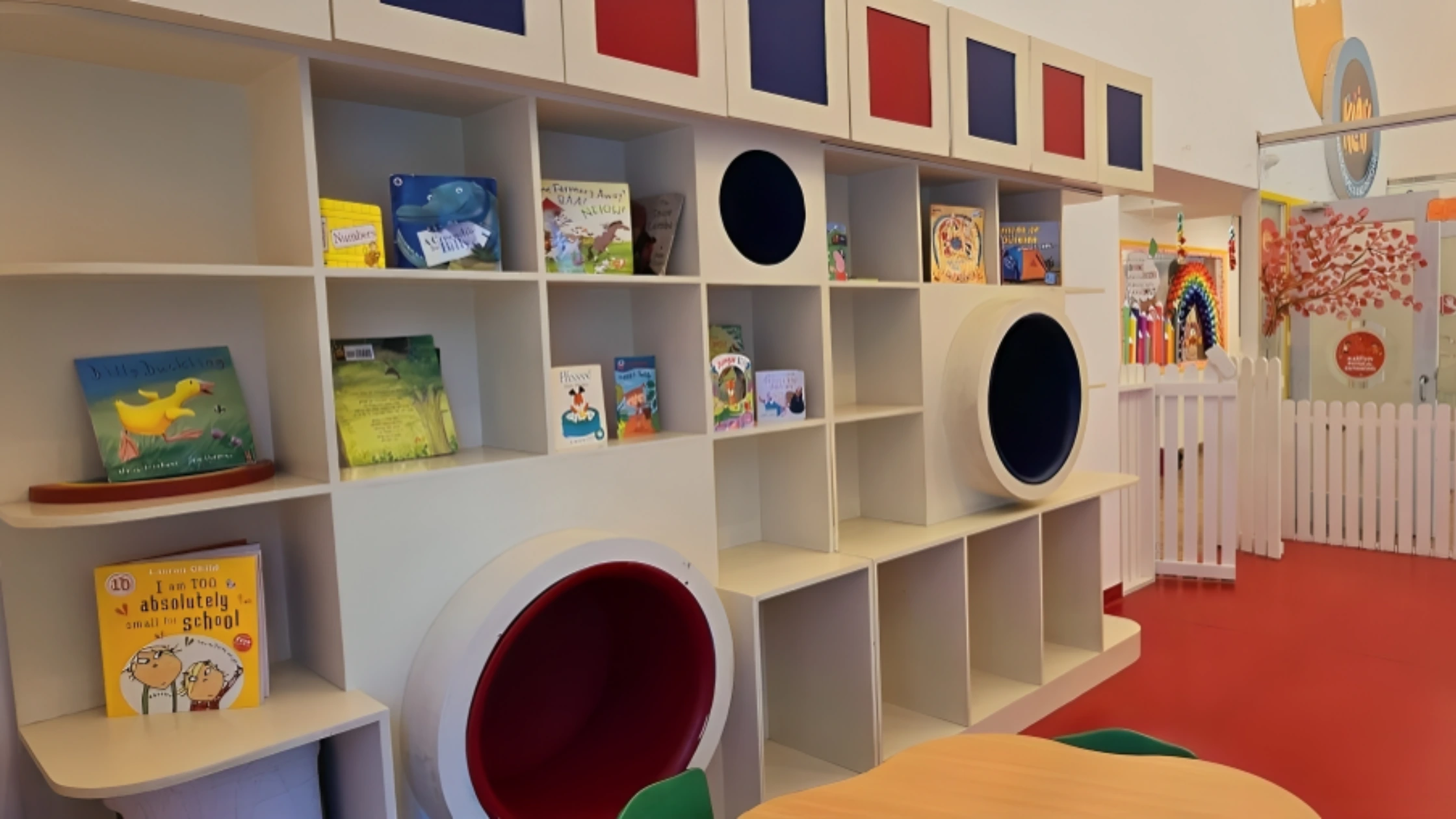



Subscribe to our newsletter
[contact-form-7 id="12706" title="Newsletter Form for post page"]Our Related Blogs
Yoga Benefits, Activities, and Poses for Preschoolers
For preschoolers, yoga isn’t about perfection but about giggles and benefits. So, are you curious how a simple stretch can support a child’s focus, flexibility, and emotional well-being? Let’s roll...
Year-End Reflection and Goal Setting for Children
Parenting is a journey filled with the brightest moments and valuable lessons, both for us and our children. As the year draws to a close, it’s the perfect time to...
Why Residents of Malibu Town, Gurgaon Choose KLAY for Their Little Ones?
Choosing the right preschool or daycare is one of the biggest decisions for any parent, especially in a community as close-knit and discerning as Malibu Town, Gurgaon. Over the years,...